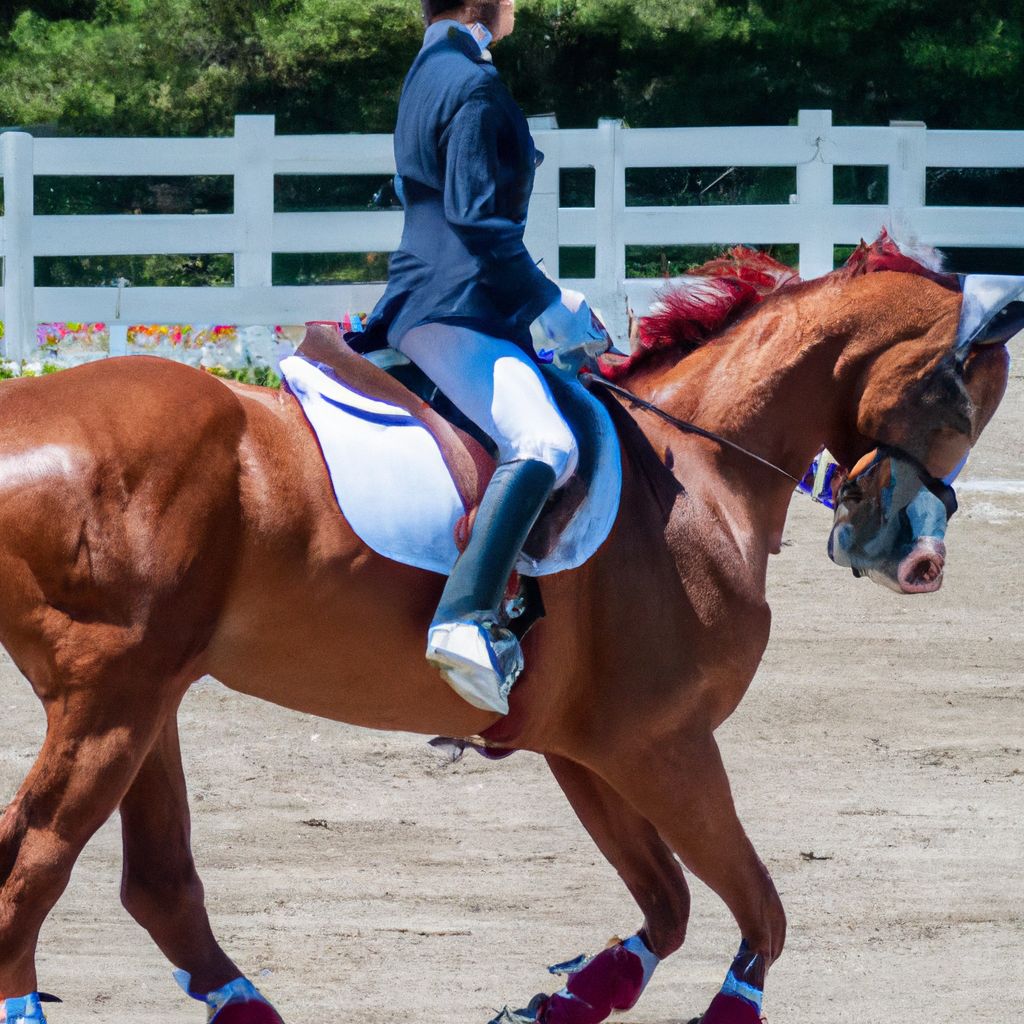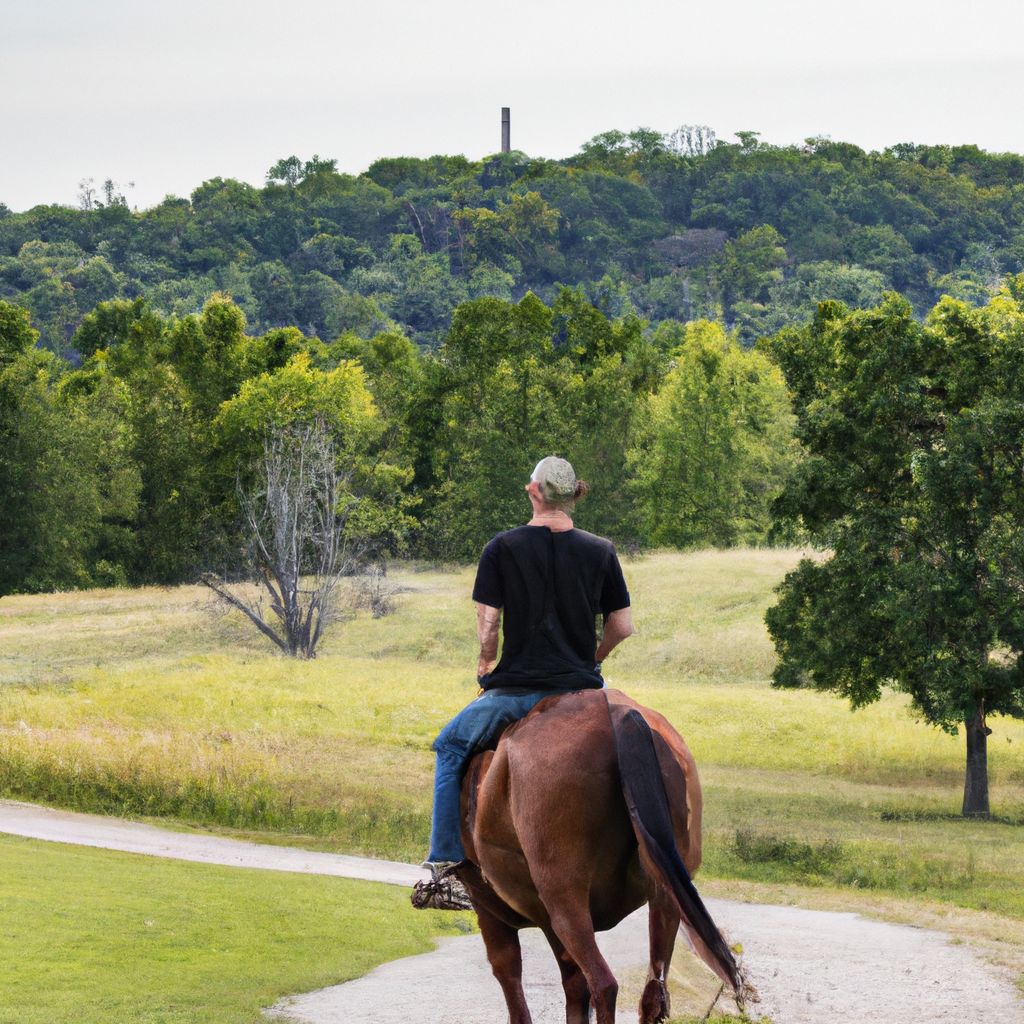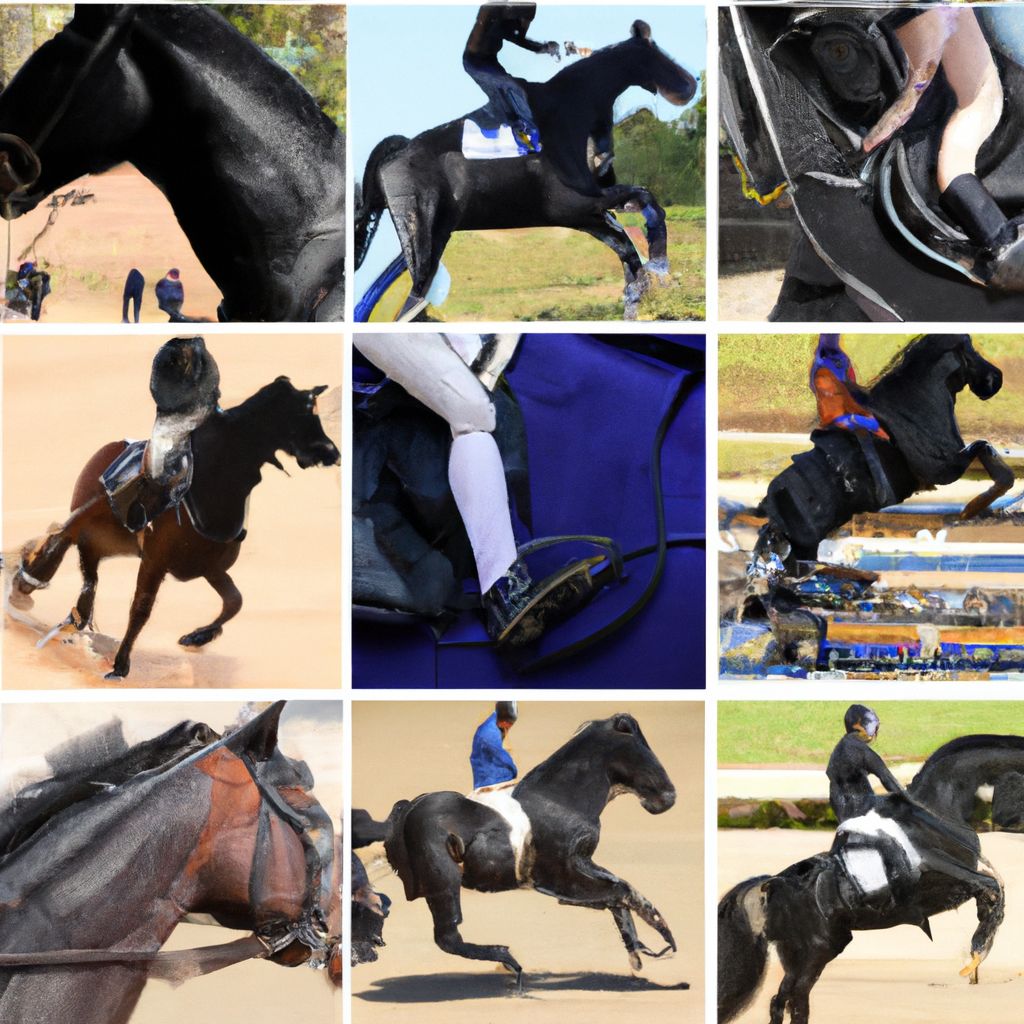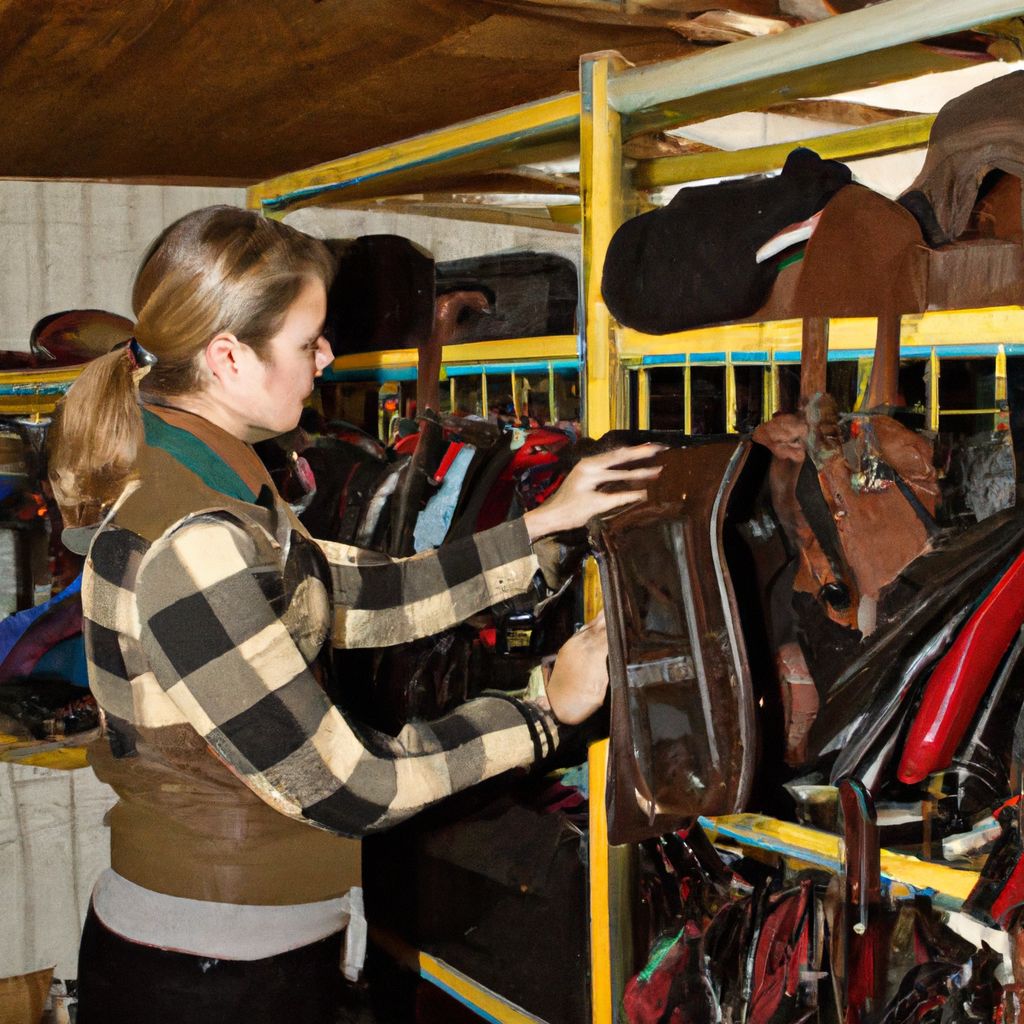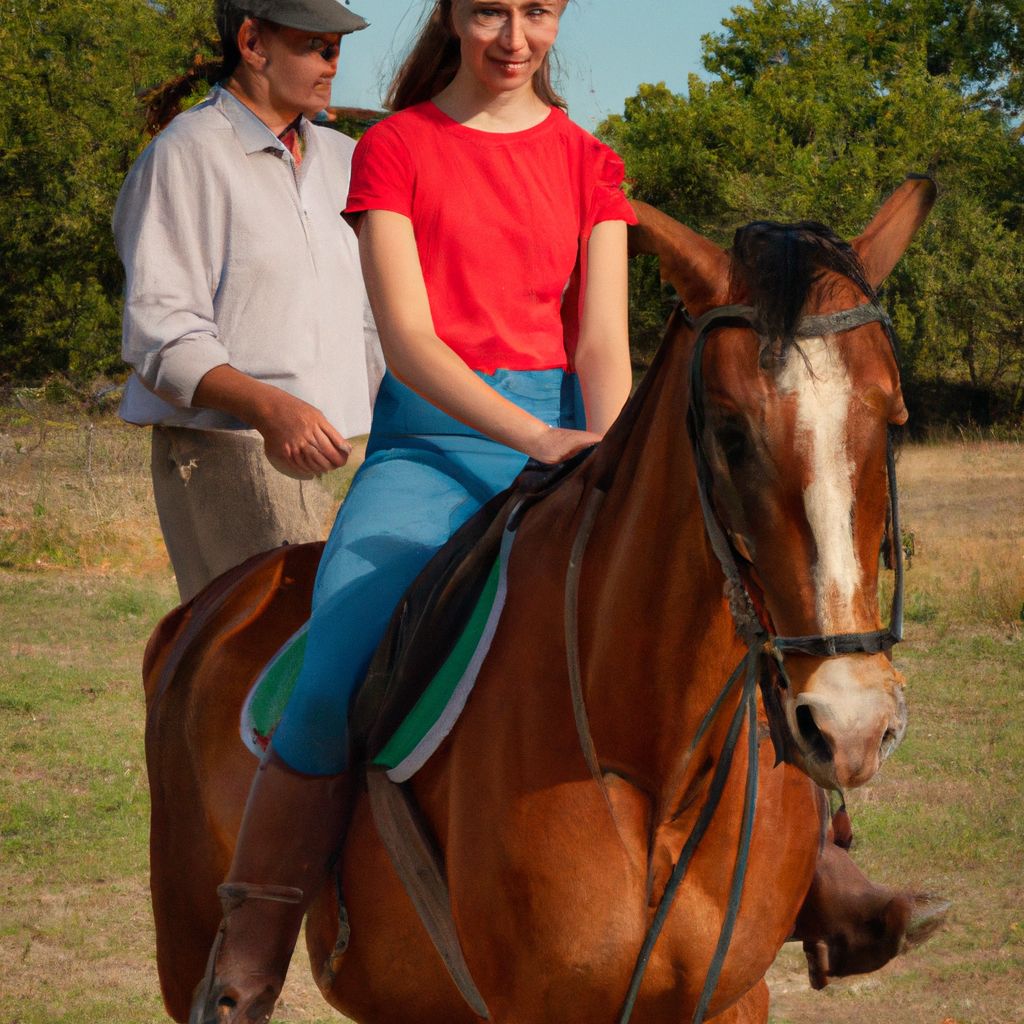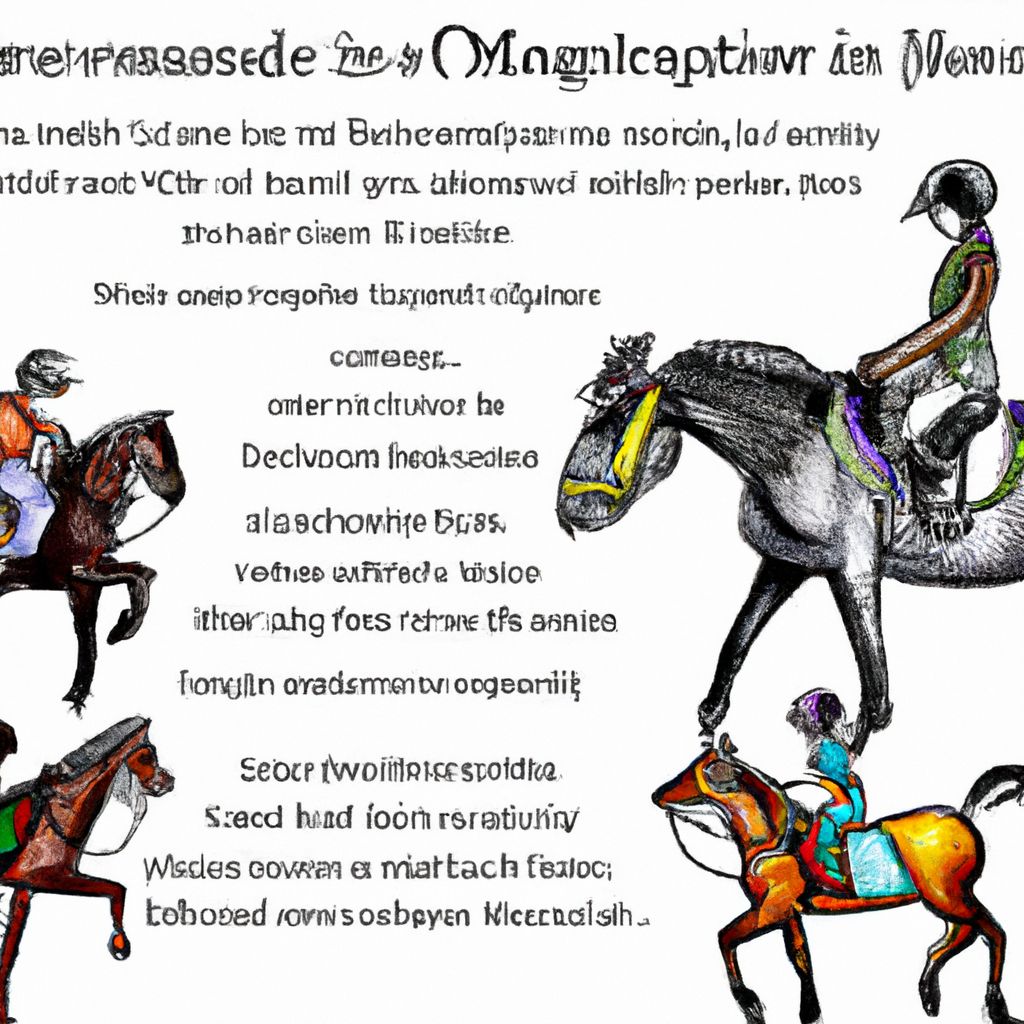- Introduction to Professional Horse Riding
- Understanding the Basics of Horse Riding
- Advanced Horse Riding Techniques
- Training and Conditioning for Advanced Horse Riding
- Equipment for Advanced Horse Riding
- Psychological Preparation for Professional Horse Riding
- Conclusion: Continual Learning and Improvement
Introduction to Professional Horse Riding
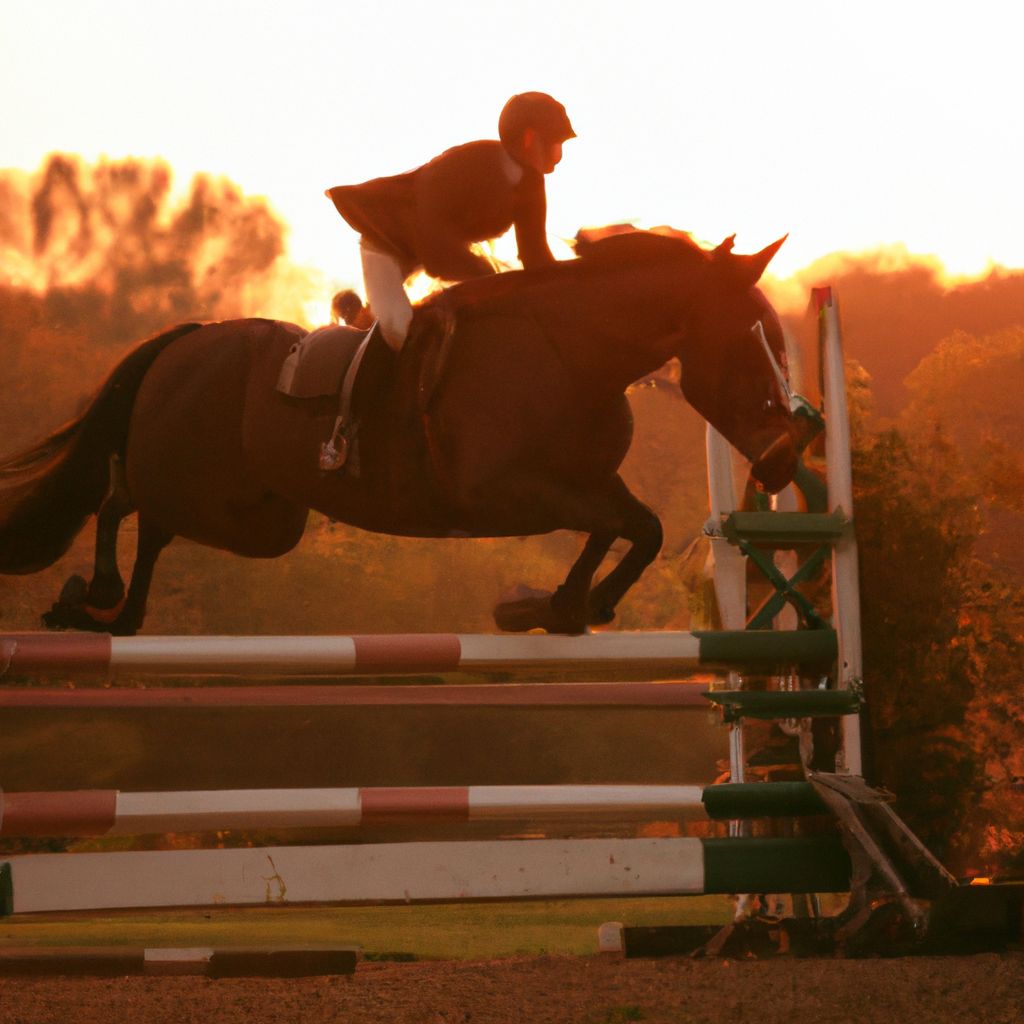
Professional horse riding is a highly competitive and demanding discipline that requires a unique combination of skills, talent, and an intimate understanding of horses. It isn't just about galloping on horseback through scenic landscapes; it's about the precision, balance, and communication between the rider and the horse. The ability to control the horse's movements accurately, staying in sync with the animal, and understanding its behavior are all essential skills that professional horse riders need to master.
This blog aims to delve deep into the world of professional horse riding, focusing on advanced techniques that can elevate a professional horse rider's performance. These techniques, backed by research, statistics, and expert opinions, will provide readers with a comprehensive understanding of the intricate world of professional horse riding.
Understanding the Basics of Horse Riding
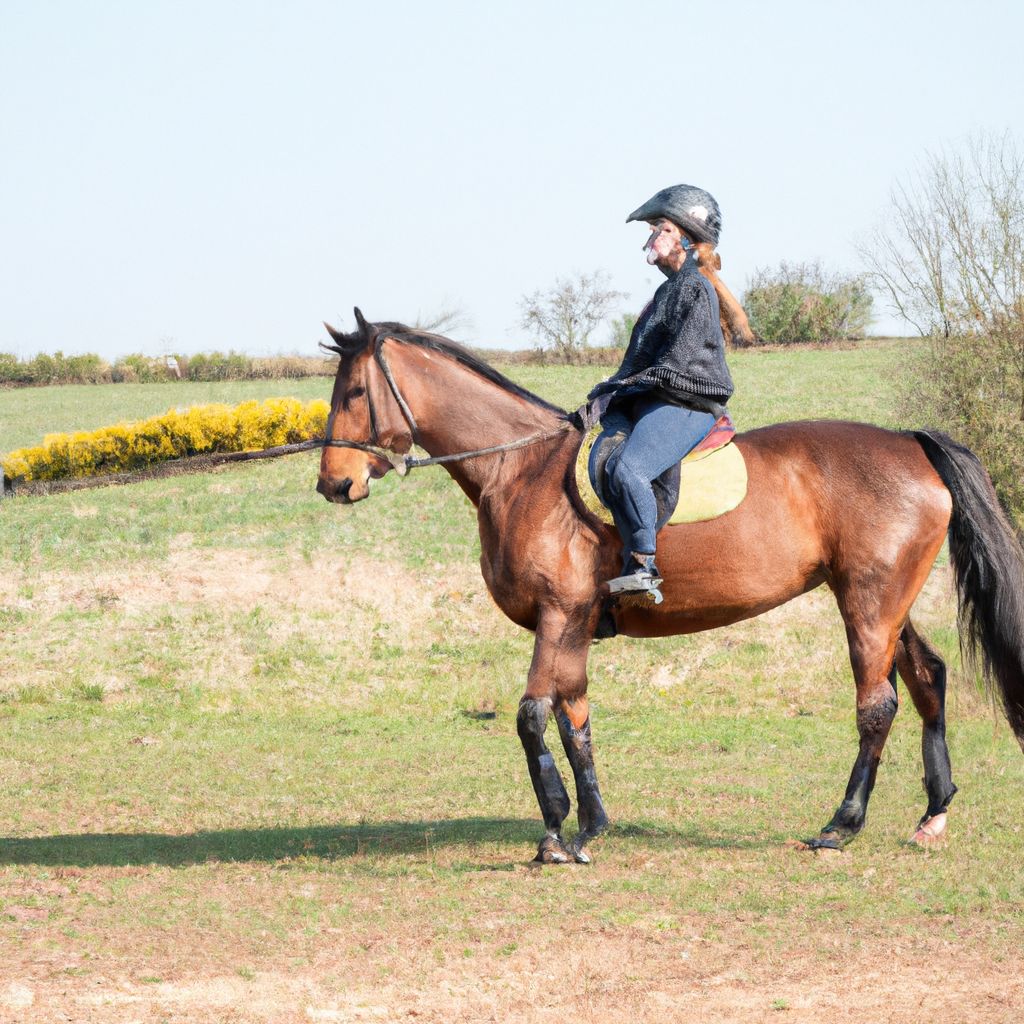
Before delving into advanced techniques, it's crucial to have a solid grasp of the basics of horse riding. The fundamental skills include balance, coordination, and communication, all of which serve as the foundation for more complex techniques.
Balance is pivotal in horse riding. It enables the rider to stay on the horse while it moves, ensuring a safe and enjoyable ride. Furthermore, balance helps the rider to move in sync with the horse, contributing to smoother and more controlled rides.
Coordination works hand in hand with balance. It involves the ability to use different parts of the body simultaneously to guide, control, and respond to the horse's movements. Good coordination results in effective horse handling and improved riding performance.
Communication is the key to establishing a successful partnership with the horse. It involves understanding the horse's signals and responding appropriately. Effective communication helps to build trust and respect between the horse and the rider, which is crucial for professional horse riding.
In addition to these skills, safety measures are an integral part of horse riding. Wearing appropriate gear, including a helmet, boots, and protective vest, following the safety guidelines, and maintaining a high level of alertness can help prevent accidents and injuries.
Advanced Horse Riding Techniques
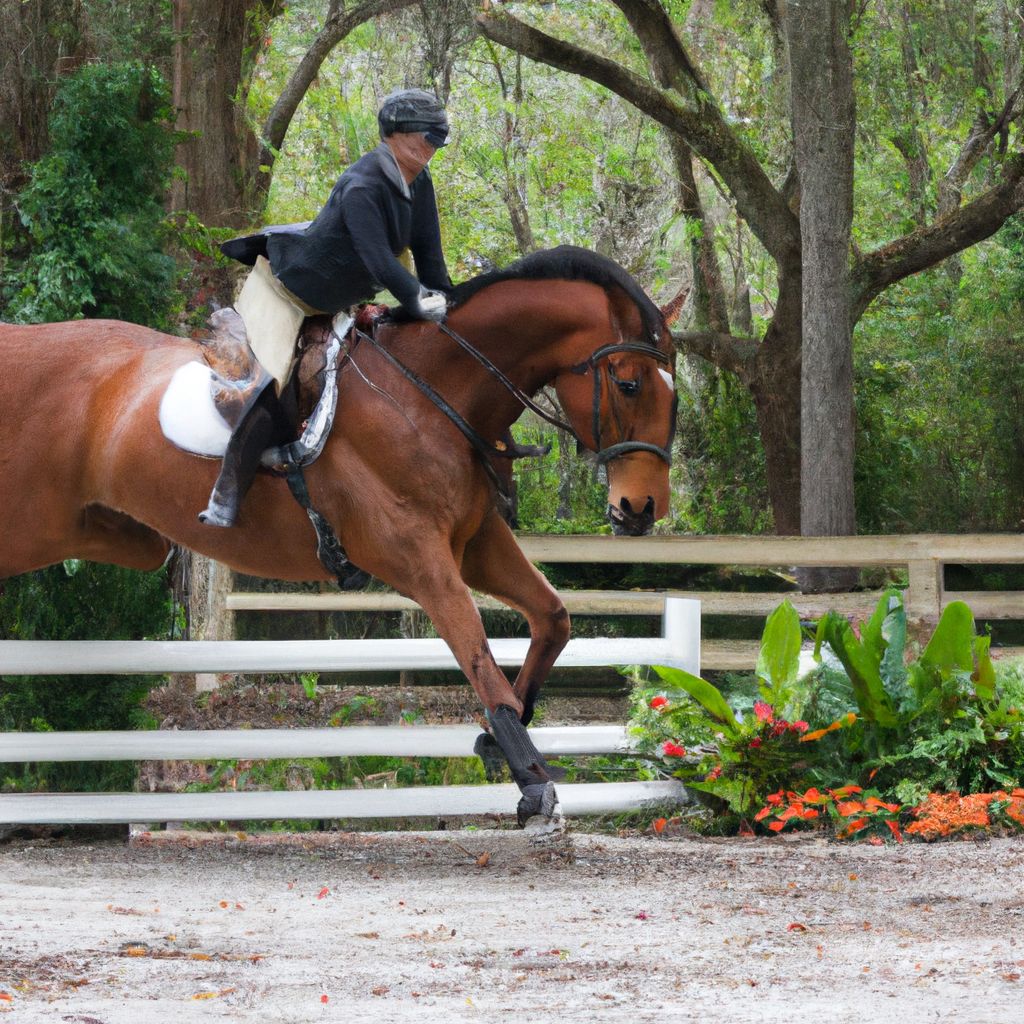
Diving into the more intricate aspects of professional horse riding, let's explore some advanced techniques that can significantly enhance performance. These techniques, including dressage, jumping, and eventing, are designed to exhibit the highest level of skill, precision, and control.
Dressage is often described as the ballet of horse riding. It involves a series of precise movements performed by the horse under the guidance of the rider. The horse and rider must work in perfect harmony, showcasing a blend of strength, agility, and elegance. Dressage helps improve the horse's balance, flexibility, and responsiveness, while riders enhance their communication skills and control over the horse.
Jumping, also known as show jumping or stadium jumping, involves the horse and rider jumping over a series of obstacles within a certain time limit. This technique requires a high level of precision, agility, and speed. It helps strengthen the horse's muscles and improves its jumping capabilities, while riders enhance their coordination, timing, and control over the horse.
Eventing is a multi-discipline sport that combines dressage, cross-country, and show jumping. It's often referred to as the "triathlon" of horse riding due to its demanding nature. It tests the horse's stamina, agility, and versatility, and the rider's skill, courage, and adaptability. Eventing provides a comprehensive evaluation of a horse and rider's capabilities, allowing them to showcase their prowess in different aspects of horse riding.
Training and Conditioning for Advanced Horse Riding
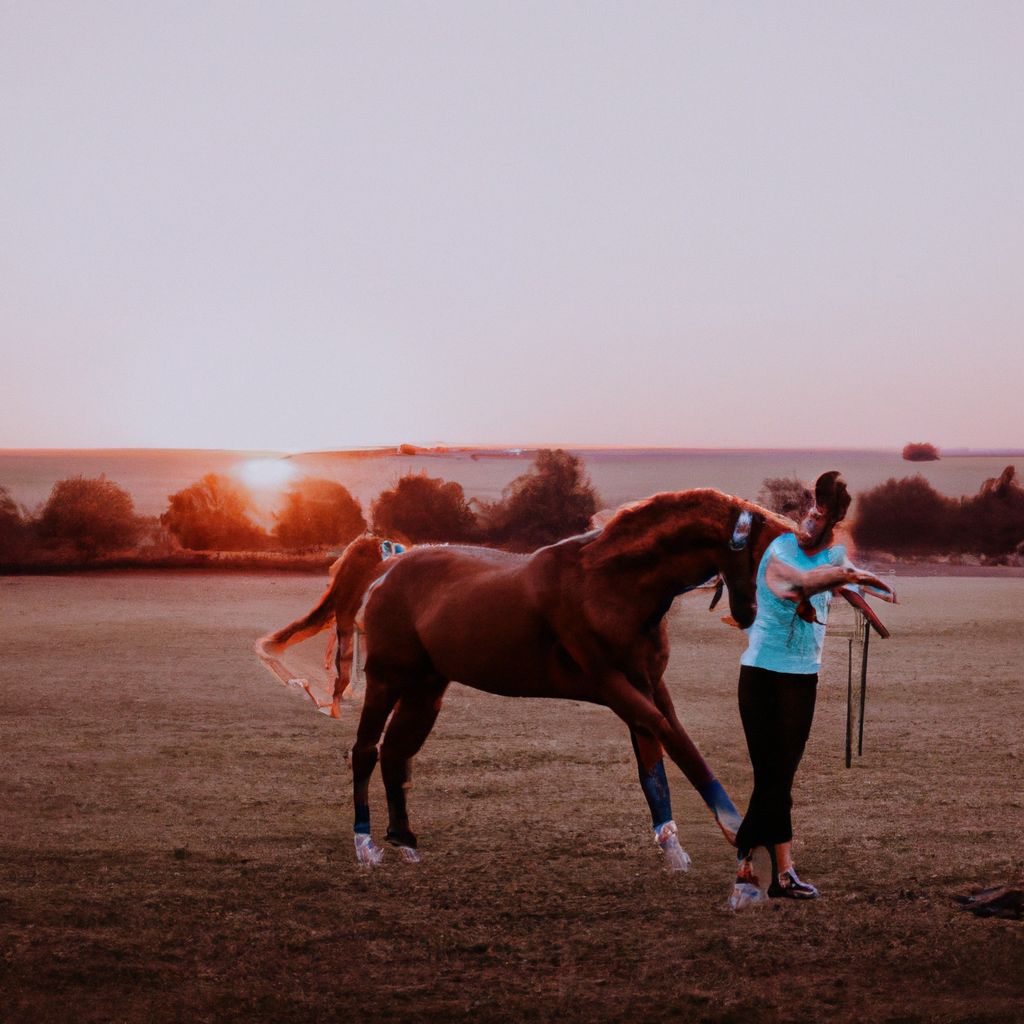
Training and conditioning are vital components of advanced horse riding. It's not just the horse that needs to be in peak physical condition; the rider also needs to maintain a high level of fitness to control, guide, and respond to the horse effectively.
Rider Fitness: For the rider, core strength, flexibility, and endurance are crucial. Exercises such as planks, yoga, and cycling can help enhance these aspects. Additionally, a balanced diet rich in proteins, carbohydrates, and healthy fats can provide the necessary energy and nutrients for rigorous training. Adequate rest is equally important to allow the body to recover and prevent injuries.
Horse Conditioning: For the horse, regular workouts focusing on strength, stamina, and agility are essential. This could include trotting, cantering, and jumping exercises. Moreover, a well-balanced diet tailored to the horse's nutritional needs is crucial to maintain its health and performance. It's also important to ensure the horse gets plenty of rest and recovery time to prevent overtraining and injuries.
Remember, the goal of training and conditioning is not just about physical fitness. It's also about building a strong bond between the horse and rider, understanding each other's signals, and working together as a cohesive unit to achieve the best performance.
Equipment for Advanced Horse Riding
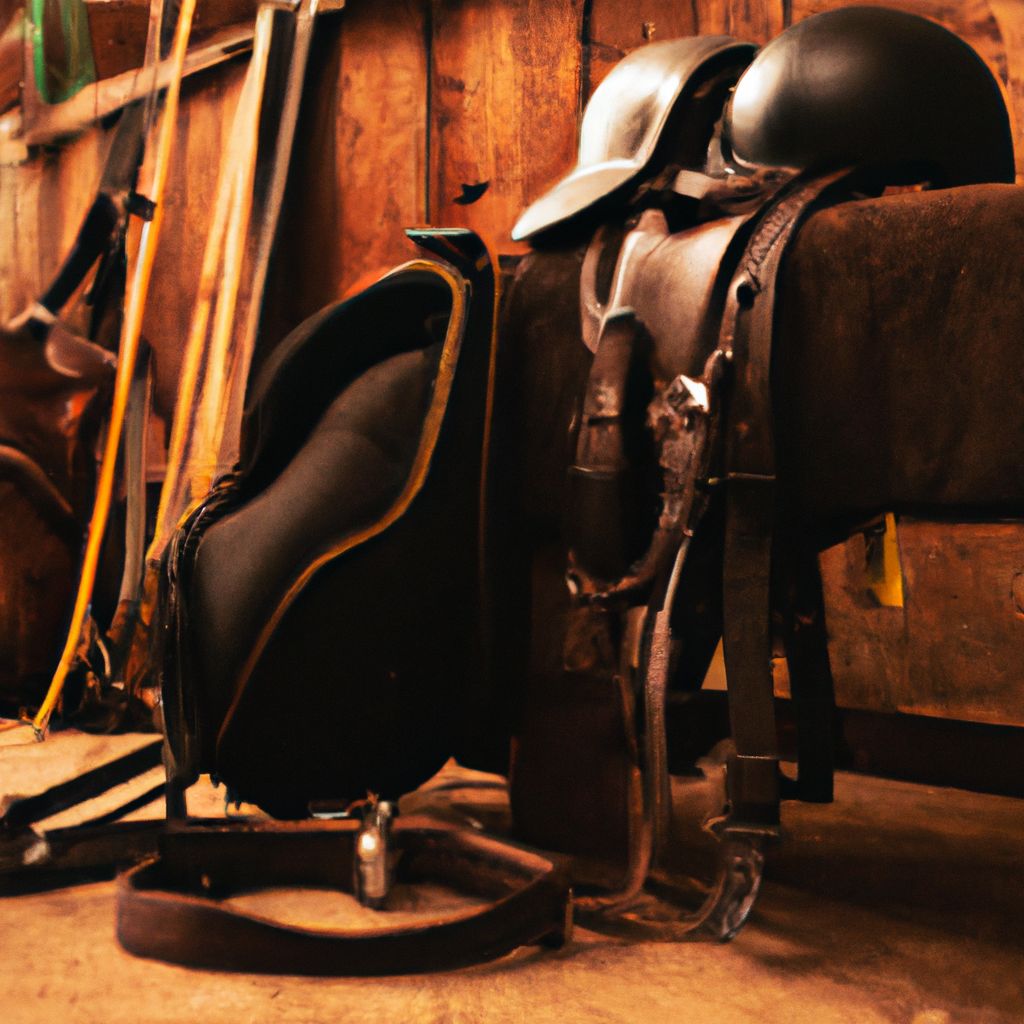
High-quality equipment plays a pivotal role in advanced horse riding, contributing to both performance and safety. It's important to choose the right gear that fits both the rider and the horse perfectly and meets the specific requirements of the riding discipline.
- Saddles
- A well-fitted saddle provides comfort and stability for the rider, allowing for optimal balance and control. It should also fit the horse well to prevent discomfort and potential injuries.
- Stirrups
- Stirrups provide support for the rider's feet, helping to maintain balance and position during riding. Adjustable stirrups can accommodate different leg lengths and riding styles.
- Helmets
- A riding helmet is a non-negotiable piece of safety equipment. It protects the rider's head from potential injuries during falls or accidents. Helmets should meet the approved safety standards and fit the rider's head perfectly.
- Protective Vests
- Protective vests shield the rider's torso, reducing the risk of serious injuries during falls. They are particularly important in jumping and eventing where the risk of falls is higher.
Keep in mind, the quality of equipment can directly impact a rider's performance and safety. Therefore, investing in high-quality gear is a wise decision for any professional horse rider.
Psychological Preparation for Professional Horse Riding
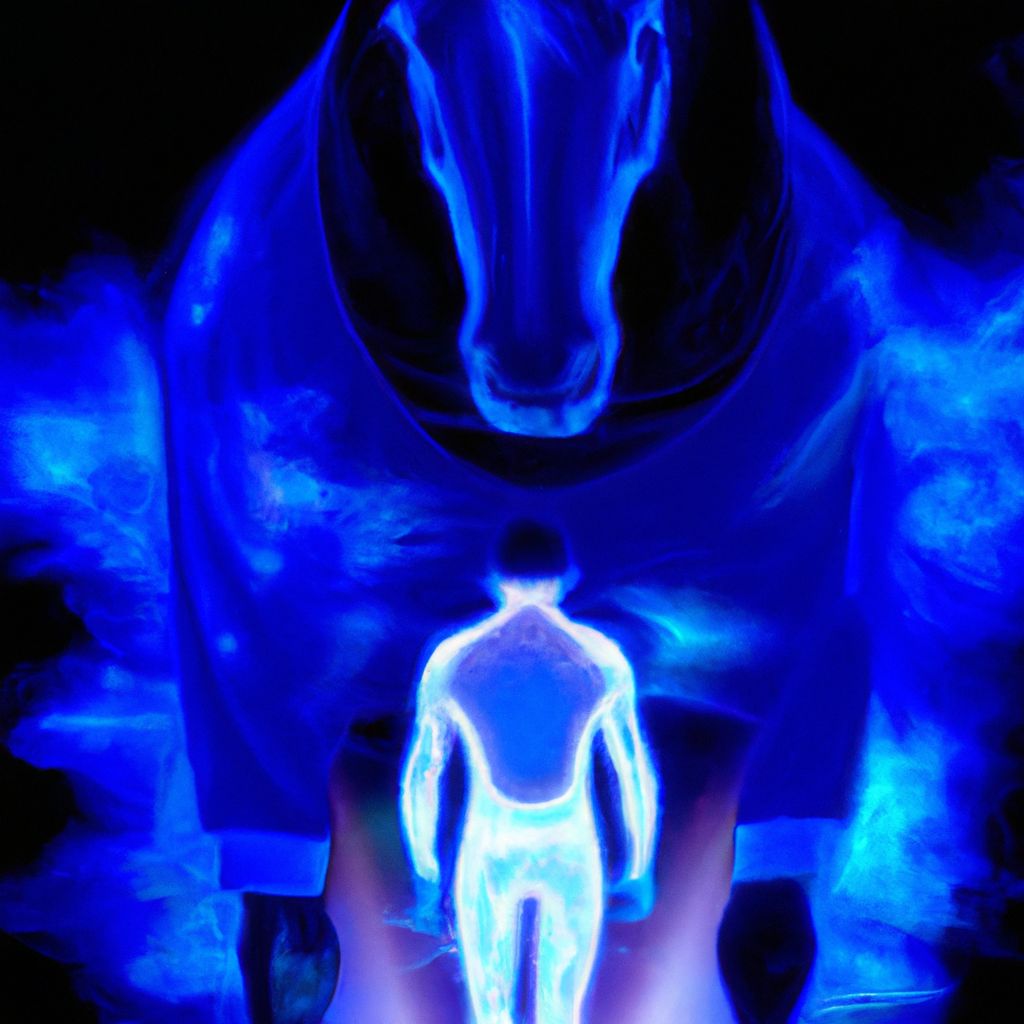
Professional horse riding is not only physically demanding; it also requires a robust mental framework. Building confidence, dealing with pressure, and maintaining focus during competitions are all critical aspects of the psychological preparation for professional horse riding.
Building Confidence: Confidence is a key trait for professional horse riders. It helps you trust in your abilities and your horse's capabilities. Visualization techniques, where you mentally rehearse a ride or a routine, can help build confidence and prepare for different scenarios.
Dealing with Pressure: Competitions can be nerve-wracking, and the ability to handle pressure is essential for success. Techniques such as deep breathing exercises and mindfulness can help manage stress and keep anxiety at bay.
Maintaining Focus: Staying focused during a competition is crucial to deliver a flawless performance. Concentration exercises can train your mind to stay focused on the task at hand and ignore distractions.
Just like physical training, mental training should be an integral part of a professional horse rider's routine. Remember, a strong mind leads to a strong performance.
Conclusion: Continual Learning and Improvement
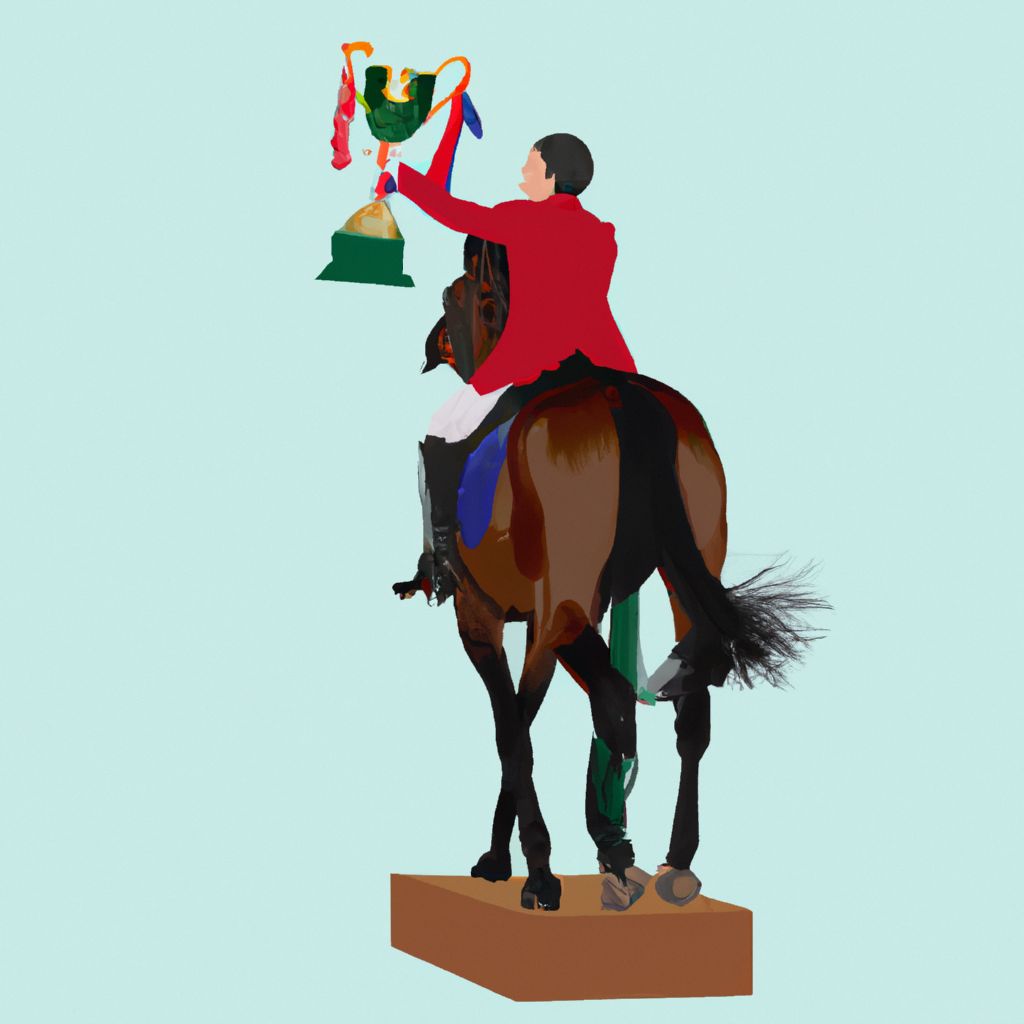
In the realm of professional horse riding, the learning never stops. Each ride, each interaction with the horse provides an opportunity to learn and improve. By understanding and mastering advanced techniques, riders can significantly enhance their performance and enjoyment of this beautiful sport.
While this blog provides a wealth of information and guidance, there's no substitute for professional training and regular practice. Engaging with a professional coach and investing time in the saddle is the best way to refine these advanced techniques. So, whether you're a seasoned professional or an aspiring rider, embrace the journey of learning and strive for continual improvement. The path to becoming a professional horse rider may be challenging, but the rewards are truly fulfilling.
Keep riding, keep learning!


